Home>Garden Essentials>How Cold Can It Be For Grass To Germinate
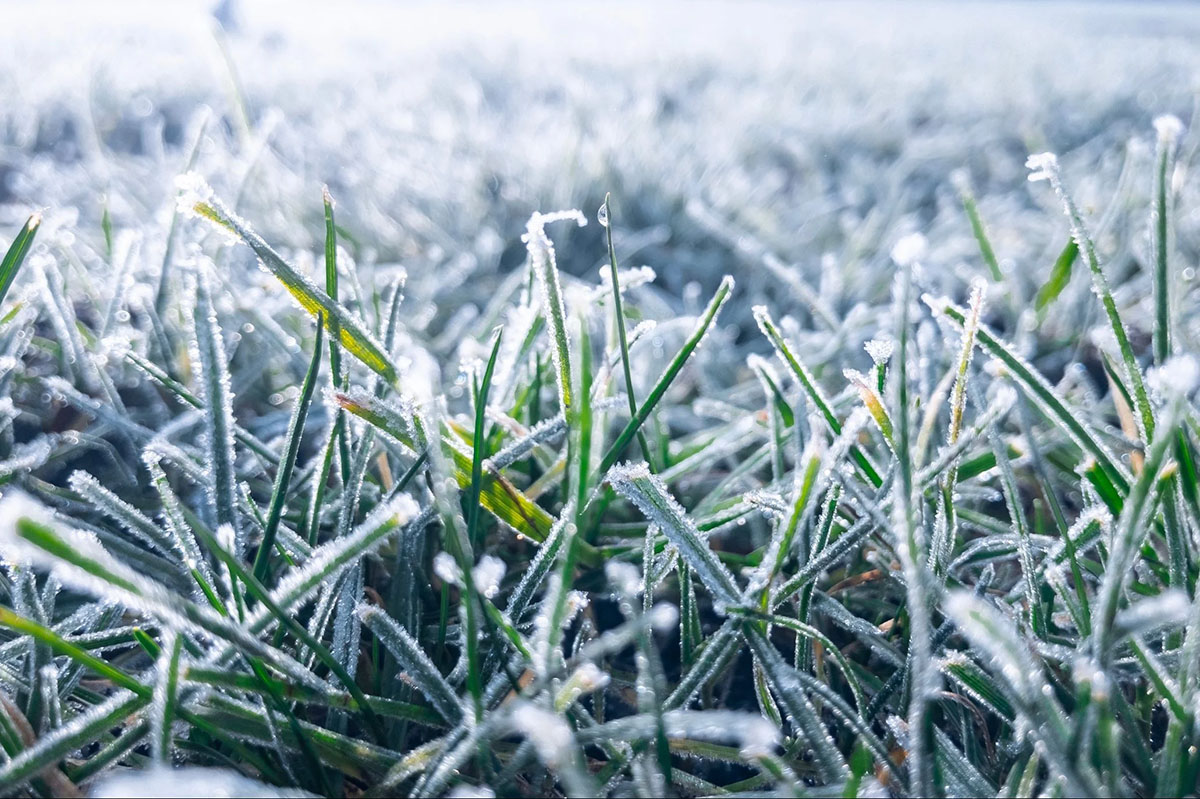

Garden Essentials
How Cold Can It Be For Grass To Germinate
Modified: March 15, 2024
Find out the optimal cold temperature for garden grass germination and ensure successful growth in your garden.
(Many of the links in this article redirect to a specific reviewed product. Your purchase of these products through affiliate links helps to generate commission for Storables.com, at no extra cost. Learn more)
Introduction
Gardening enthusiasts and homeowners looking to establish a lush, vibrant lawn often wonder about the ideal conditions for grass seed germination. One crucial factor that significantly affects germination is temperature. Different grass species have varying temperature preferences, and understanding these requirements can greatly increase the success of your lawn establishment efforts.
In this article, we will delve into the relationship between temperature and grass seed germination. We will explore the factors that influence germination, discuss the ideal temperature range for different grass species, and examine the effects of cold stress on germination. Additionally, we will provide techniques and tips to overcome cold conditions and promote successful germination.
So, if you are eager to cultivate a vibrant, green lawn and want to learn more about the impact of temperature on grass seed germination, read on!
Key Takeaways:
- Grass seeds have specific temperature preferences for germination. Warm-season grasses like Bermuda grass prefer 75-85°F, while cool-season grasses like Kentucky bluegrass prefer 60-75°F.
- Cold stress can delay grass seed germination. Techniques like pre-soaking, seed scarification, and creating warmer microclimates can help overcome cold conditions and promote successful germination.
Read more: How Cold Is Too Cold For Grass Seed
Factors Affecting Germination
Germination is a complex process influenced by various factors. Understanding these factors can help you create optimal conditions for grass seed to germinate successfully.
1. Temperature: Temperature plays a crucial role in germination. Different grass species have different temperature preferences for germination. Some grasses thrive in cooler temperatures, while others prefer warmer conditions.
2. Moisture: Adequate moisture levels are essential for germination. Seeds need moisture to soften their outer coating and initiate the sprouting process. Dry conditions can hinder or delay germination.
3. Air and Soil Oxygen: Proper oxygen levels are required for successful germination. Oxygen is necessary for seed respiration and energy production during germination. Compacted or waterlogged soil can restrict oxygen availability, leading to poor or delayed germination.
4. Light: While some seeds require light for germination, most grass seeds do not. In fact, grass seeds usually germinate better in the dark. Exposing grass seeds to excessive light can inhibit germination.
5. Seed Quality: The quality of the grass seed itself is vital for germination. Fresh, high-quality seeds generally have higher germination rates compared to older or low-quality seeds.
By optimizing these factors, you can create an environment that promotes successful germination. However, in this article, we will focus specifically on the impact of temperature on grass seed germination.
Ideal Germination Temperature
The ideal germination temperature refers to the temperature range at which grass seeds have the highest chance of sprouting and establishing healthy seedlings. Different grass species have different temperature preferences, so it’s important to be aware of these requirements when planning to sow grass seed.
Warm-season grasses, such as Bermuda grass and Zoysia grass, have an ideal germination temperature range of 75 to 85 degrees Fahrenheit (24 to 29 degrees Celsius). These grasses thrive in warmer climates and require consistently high temperatures for optimal germination and growth.
Cool-season grasses, including Kentucky bluegrass and fescue, have a lower ideal germination temperature range of 60 to 75 degrees Fahrenheit (15 to 24 degrees Celsius). These grasses can tolerate cooler conditions and have a higher chance of germination in moderate temperatures.
It’s important to note that these temperature ranges indicate the optimal conditions for germination. However, grass seeds can still germinate outside of these ranges, albeit at a slower rate. If the temperature falls below or exceeds the ideal range, germination may be delayed or inhibited.
When planning to sow grass seed, it’s beneficial to consider the average temperatures in your area during the desired planting time. By aligning your planting schedule with the ideal germination temperature range for your chosen grass species, you increase the chances of successful seedling establishment and a healthy, vibrant lawn.
Minimum Temperature Tolerance of Grass Seeds
While the ideal germination temperature is crucial for optimal seedling growth, grass seeds also have a minimum temperature tolerance. This refers to the lowest temperature at which the seeds can still germinate, albeit with a potentially reduced germination rate.
The minimum temperature tolerance varies among different grass species. Warm-season grasses, which thrive in hotter climates, generally have lower minimum temperature tolerances compared to cool-season grasses.
For warm-season grasses like Bermuda grass and Zoysia grass, the minimum temperature tolerance for germination is typically around 50 to 55 degrees Fahrenheit (10 to 12 degrees Celsius). These grasses can tolerate cooler temperatures for germination but may exhibit slower growth and a longer germination period.
Cool-season grasses, on the other hand, have higher minimum temperature tolerances due to their ability to tolerate colder conditions. Kentucky bluegrass and fescue, for example, have minimum temperature tolerances of around 35 to 40 degrees Fahrenheit (2 to 4 degrees Celsius). This allows them to germinate and establish seedlings during the cooler months of the year.
It’s important to note that while grass seeds can germinate at these lower temperatures, their growth may be slower, and the germination process may take longer. Additionally, extreme cold temperatures can still hinder or delay germination, even within the minimum temperature tolerance range.
To ensure successful germination, it’s best to monitor weather conditions and avoid planting grass seeds when temperatures are likely to drop below the minimum temperature tolerance of your chosen grass species. This will help enhance the chances of germination and establishment, leading to a healthy and thriving lawn.
Grass seeds typically germinate best when the soil temperature is between 50-65°F (10-18°C). If the soil is too cold, the seeds may not germinate properly. Consider using a soil thermometer to monitor the temperature before planting.
Cold Stress and Germination Delay
Cold stress can have a significant impact on the germination process of grass seeds. When exposed to excessively cold temperatures, seeds experience physiological changes that can lead to germination delays or even failure.
One of the main effects of cold stress is the inhibition of enzymatic activity within the seeds. Enzymes play a crucial role in breaking down stored nutrients in the seed, which provide the energy needed for germination and early seedling growth. Cold temperatures can slow down these enzymatic reactions, resulting in a delay in seedling emergence.
Cold stress can also affect the movement of water into the seeds. As temperatures drop, water uptake becomes more challenging, leading to reduced hydration of the seed. This can further impede the germination process, as adequate moisture is essential for seed softening and sprouting.
Furthermore, prolonged exposure to cold temperatures can cause the seeds to enter a dormant state. This dormancy is a protective mechanism that allows the seeds to survive adverse conditions. While the dormancy state helps the seeds survive, it also prolongs the germination period, as the seeds remain inactive until conditions improve.
Germination delays caused by cold stress can be frustrating for gardeners, especially if the ideal planting window is missed due to persistent cold weather. However, it’s important to remember that these delays are a natural response of the seeds to unfavorable conditions. With patience and proper care, the seeds can still germinate once temperatures become more suitable.
To mitigate the effects of cold stress and encourage germination, it’s advisable to provide additional protection to the seeds and seedlings in colder climates. This can be done by using techniques such as using row covers or cold frames to create a warmer microclimate, or by starting the germination process indoors before transplanting the seedlings outdoors.
By understanding the impact of cold stress on germination and taking appropriate measures to overcome it, you can increase the chances of successful seedling establishment and enjoy a beautiful and healthy lawn.
Read more: How Does Grass Germinate
Techniques to Overcome Cold Conditions
When faced with cold conditions that can hinder grass seed germination, there are several techniques you can employ to help overcome these challenges and improve the chances of successful establishment:
1. Pre-soaking: Soaking the seeds in warm water for a few hours before planting can help soften the seed coat and promote quicker germination. This technique can be particularly beneficial in colder climates where the soil takes longer to warm up.
2. Seed Scarification: Some grass seeds have hard coats that may require scarification before planting. This process involves lightly scratching or nicking the seed coat to allow water to penetrate more easily, which can help overcome the barrier to germination caused by cold soil conditions.
3. Planting in Protected Areas: Identify areas in your garden that naturally have a warmer microclimate or provide additional protection against the cold. These areas could be near a south-facing wall, close to buildings, or in raised beds that allow for quicker soil warming.
4. Use of Cold Frames or Row Covers: Set up cold frames or row covers to create a sheltered environment for the seeds. These structures trap heat from the sun, creating a warmer space that can help provide optimal germination conditions despite the cold weather.
5. Starting Indoors: If the weather is consistently too cold for direct seeding, consider starting the germination process indoors. Sow the seeds in containers and place them in a warm, well-lit area, such as a sunny windowsill or under grow lights. Once the outdoor conditions improve, you can transplant the seedlings into the garden.
6. Protecting Seedlings: For newly germinated seedlings, it’s crucial to protect them from frost and extreme cold temperatures. Covering the seedlings with a frost cloth or using individual plant protectors can shield them from the cold and prevent damage.
Remember that each grass species may have different requirements and tolerances to cold conditions. Research the specific grass species you are planting to ensure you are implementing the most effective techniques.
By employing these techniques, you can increase the chances of successful germination and establishment, even in colder climates. Patience, proper care, and a little extra effort can help you achieve the lush, vibrant lawn you desire.
Conclusion
Understanding the relationship between temperature and grass seed germination is essential for achieving a successful and thriving lawn. Different grass species have varying temperature preferences, and providing the optimal temperature conditions can greatly improve the chances of germination and seedling establishment.
The ideal germination temperature range for warm-season grasses is typically between 75 and 85 degrees Fahrenheit (24 to 29 degrees Celsius). Cool-season grasses, on the other hand, prefer temperatures between 60 and 75 degrees Fahrenheit (15 to 24 degrees Celsius).
It’s important to note that grass seeds have a minimum temperature tolerance for germination. While they can still germinate at lower temperatures, the process may be delayed or hindered. Warm-season grasses can tolerate minimum temperatures around 50 to 55 degrees Fahrenheit (10 to 12 degrees Celsius), while cool-season grasses can withstand minimum temperatures of around 35 to 40 degrees Fahrenheit (2 to 4 degrees Celsius).
Cold stress can have adverse effects on seed germination, causing delays and inhibiting the enzymatic reactions and uptake of water by the seeds. However, by implementing techniques such as pre-soaking, seed scarification, and creating warmer microclimates using cold frames or row covers, you can overcome the challenges imposed by cold conditions and promote successful germination.
Remember to protect newly germinated seedlings from frost and extreme cold temperatures, as they are particularly vulnerable during this stage of growth.
By being mindful of temperature requirements, employing suitable techniques, and providing proper care, you can increase the likelihood of successful seed germination and establish a lush, vibrant lawn.
So whether you’re a gardening enthusiast or a homeowner looking to enhance your outdoor space, keep these temperature considerations in mind as you strive to cultivate a beautiful, healthy, and green lawn.
Frequently Asked Questions about How Cold Can It Be For Grass To Germinate
Was this page helpful?
At Storables.com, we guarantee accurate and reliable information. Our content, validated by Expert Board Contributors, is crafted following stringent Editorial Policies. We're committed to providing you with well-researched, expert-backed insights for all your informational needs.
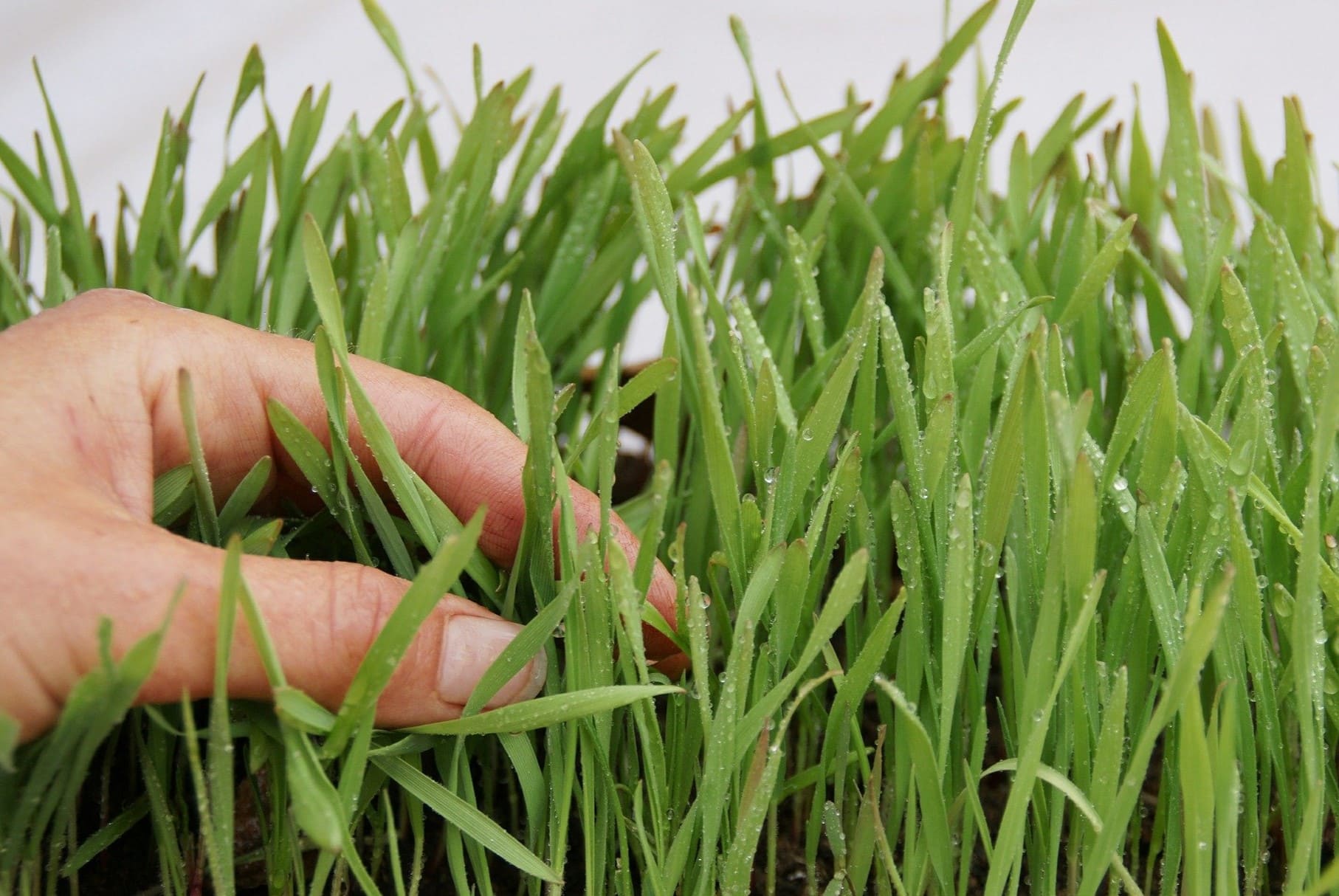
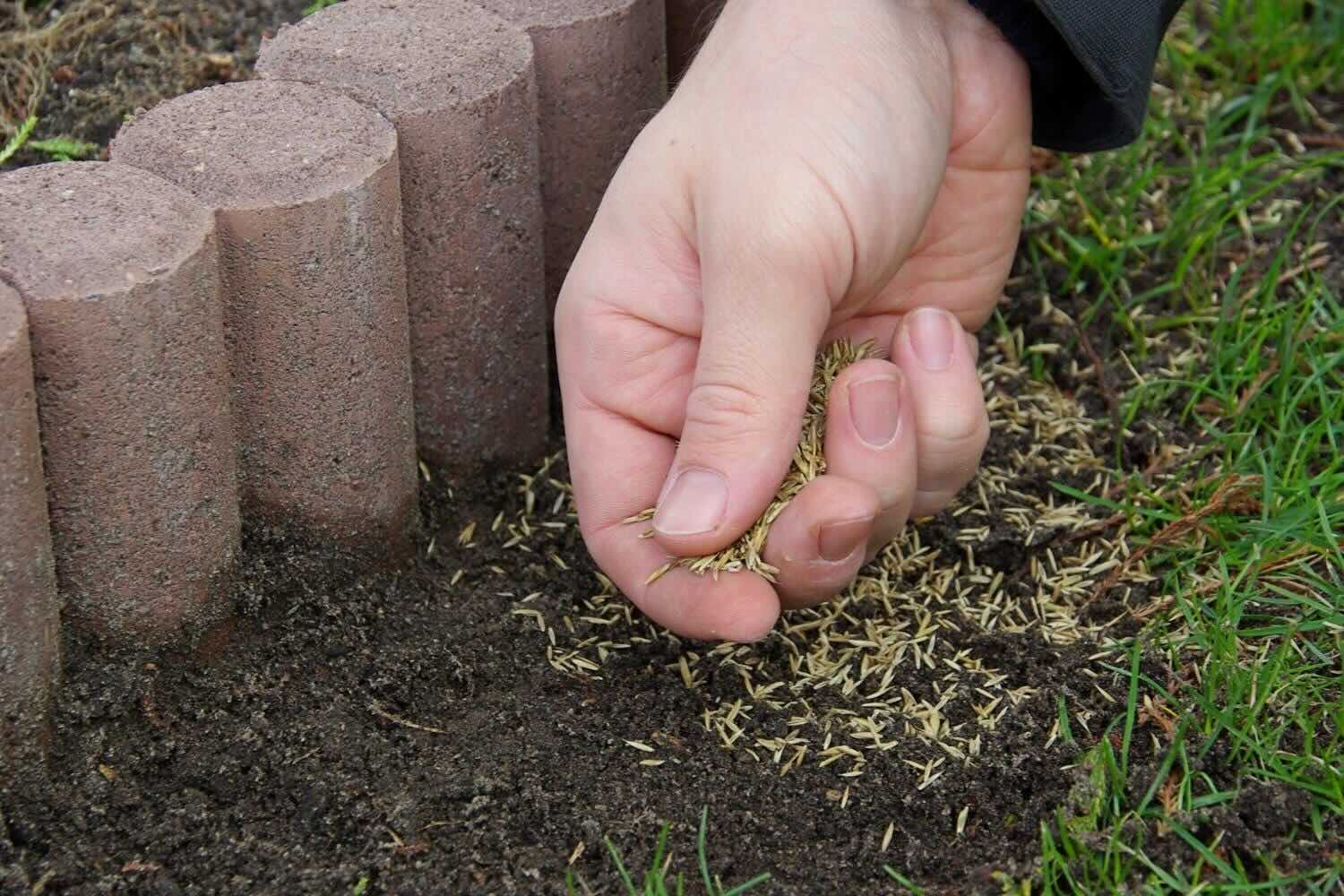
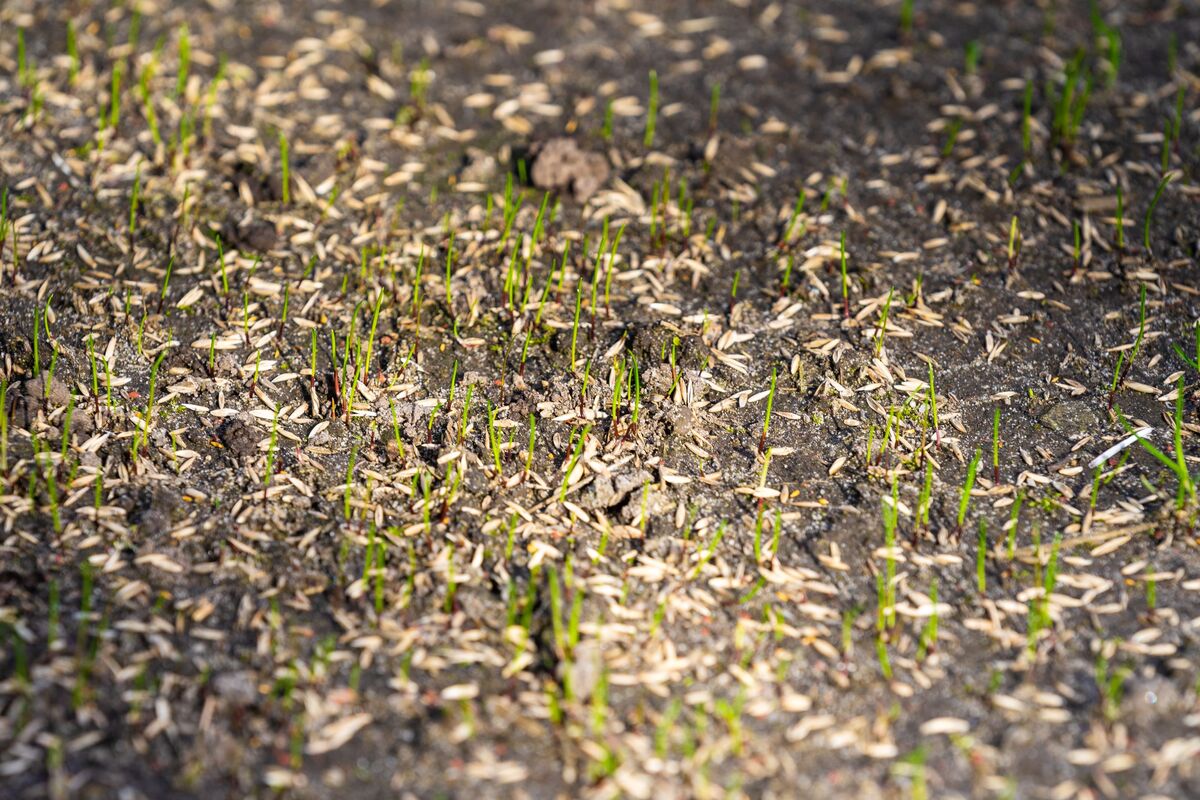
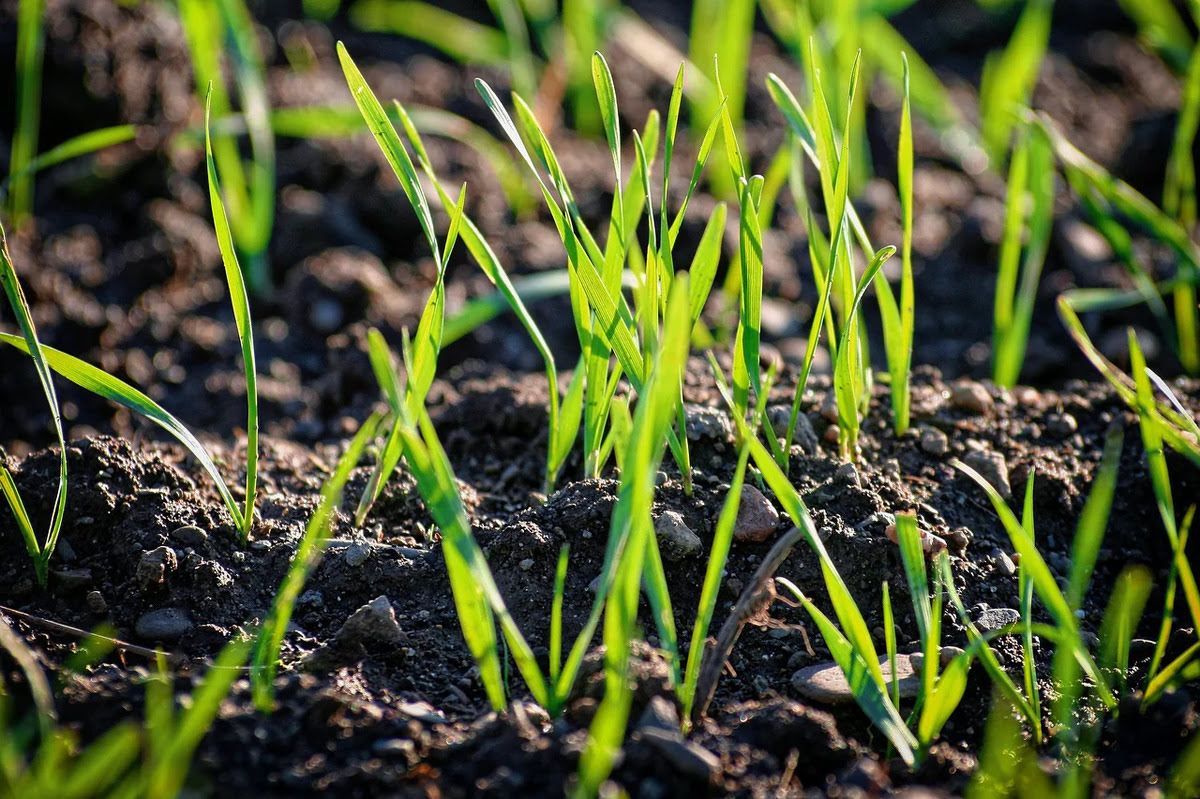
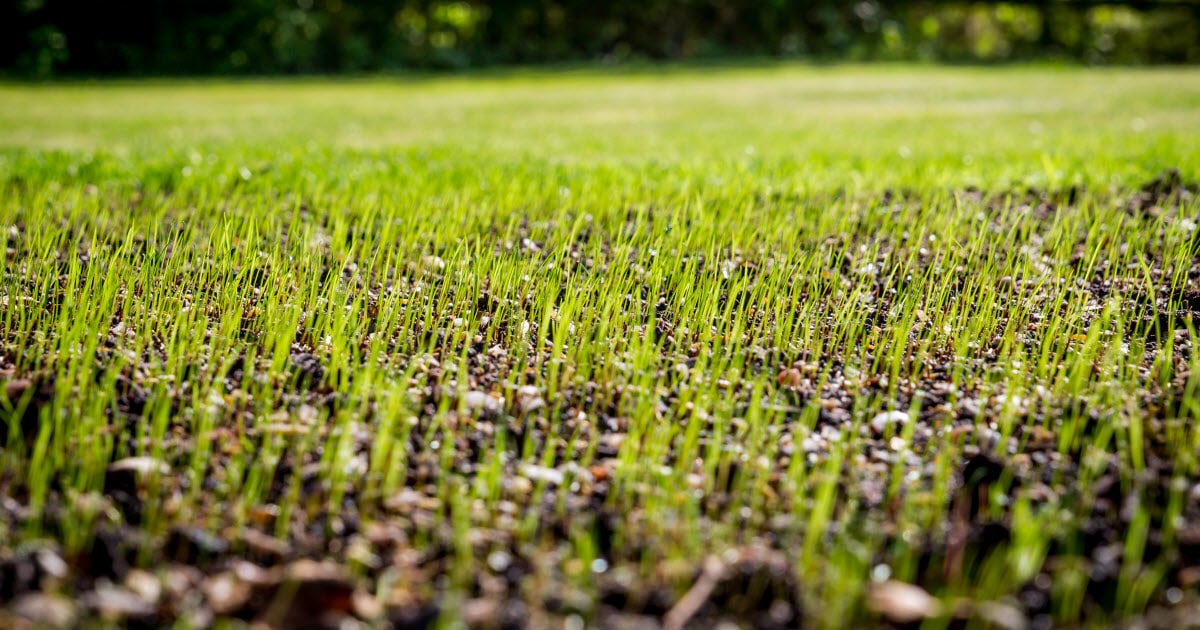
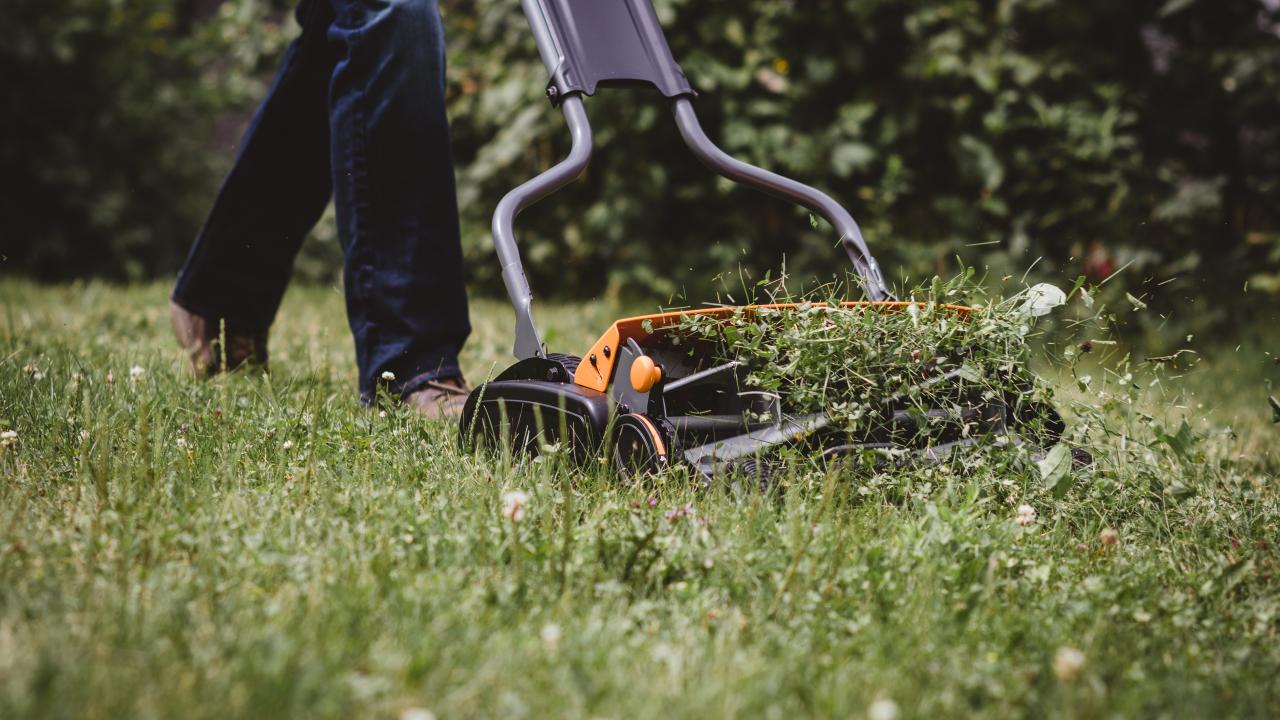
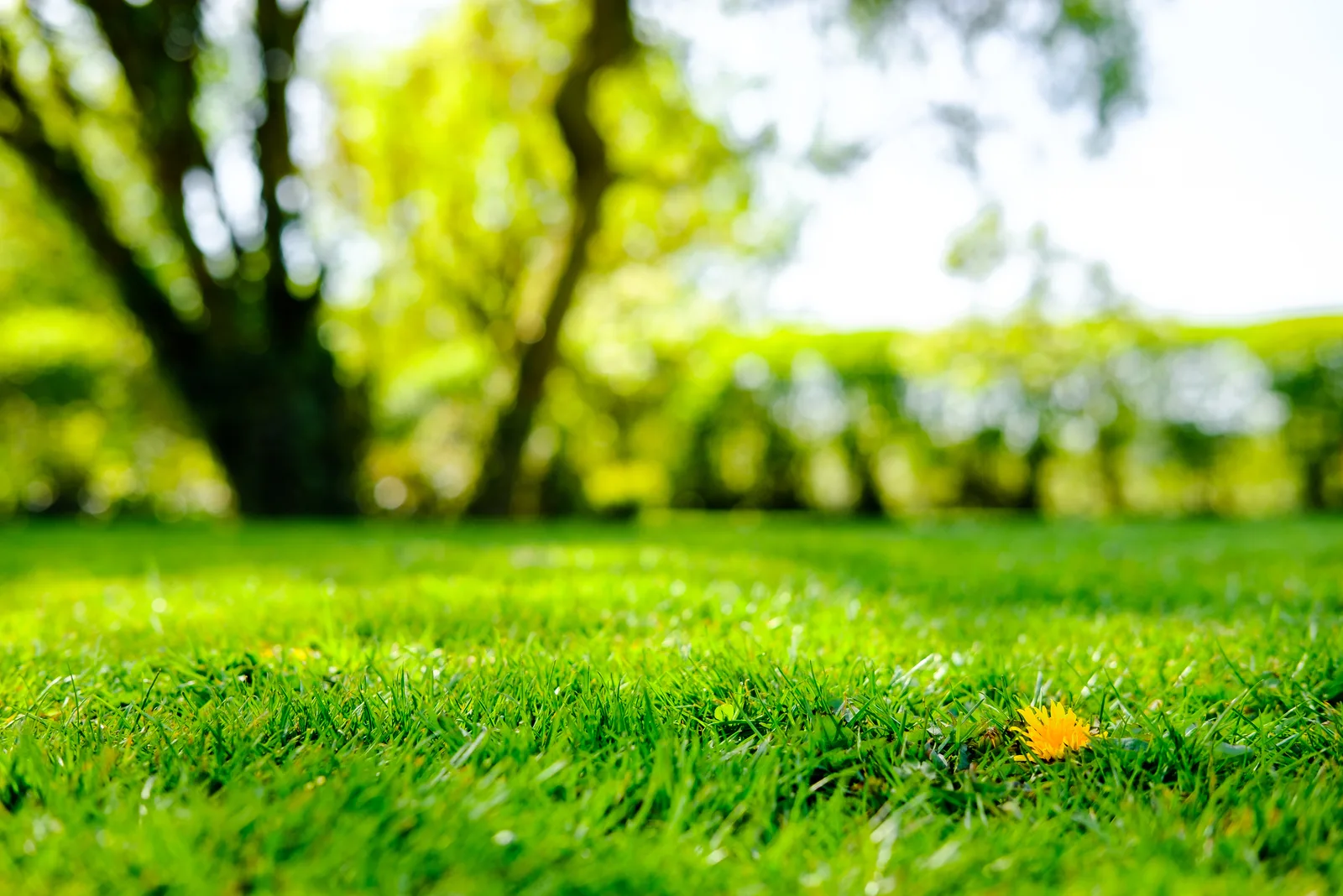
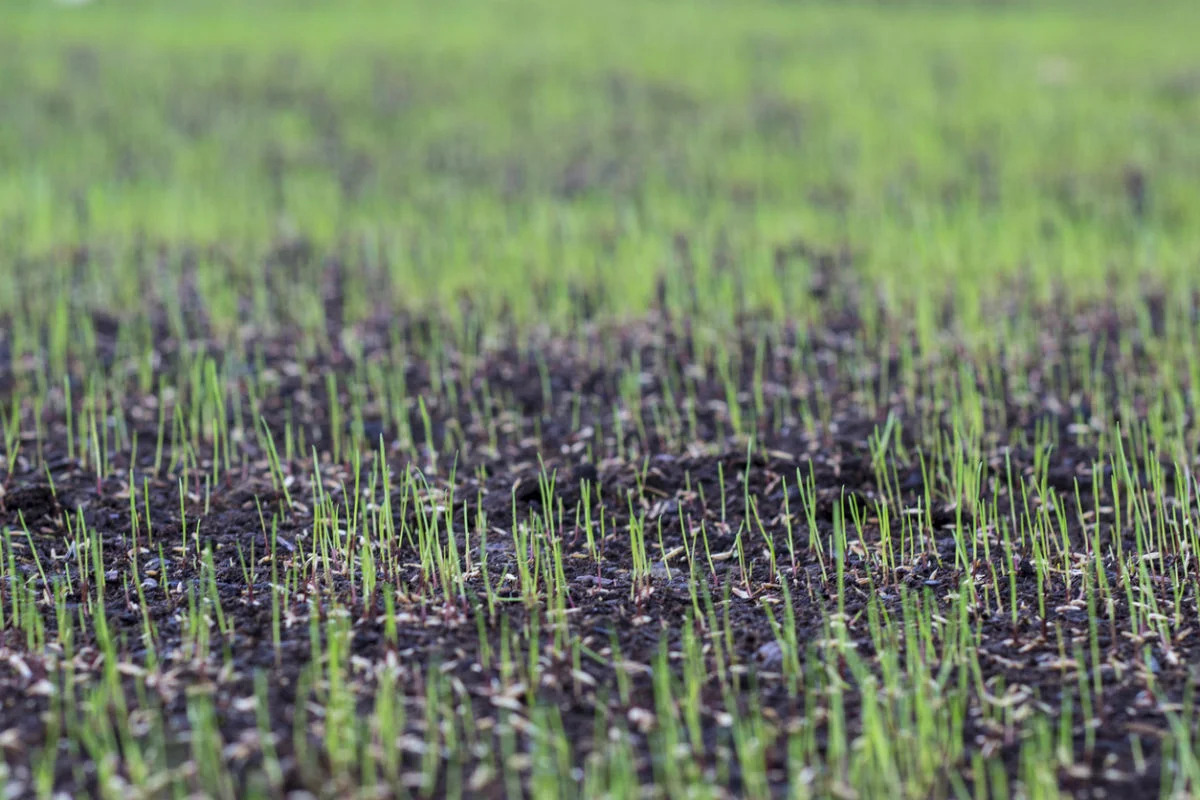
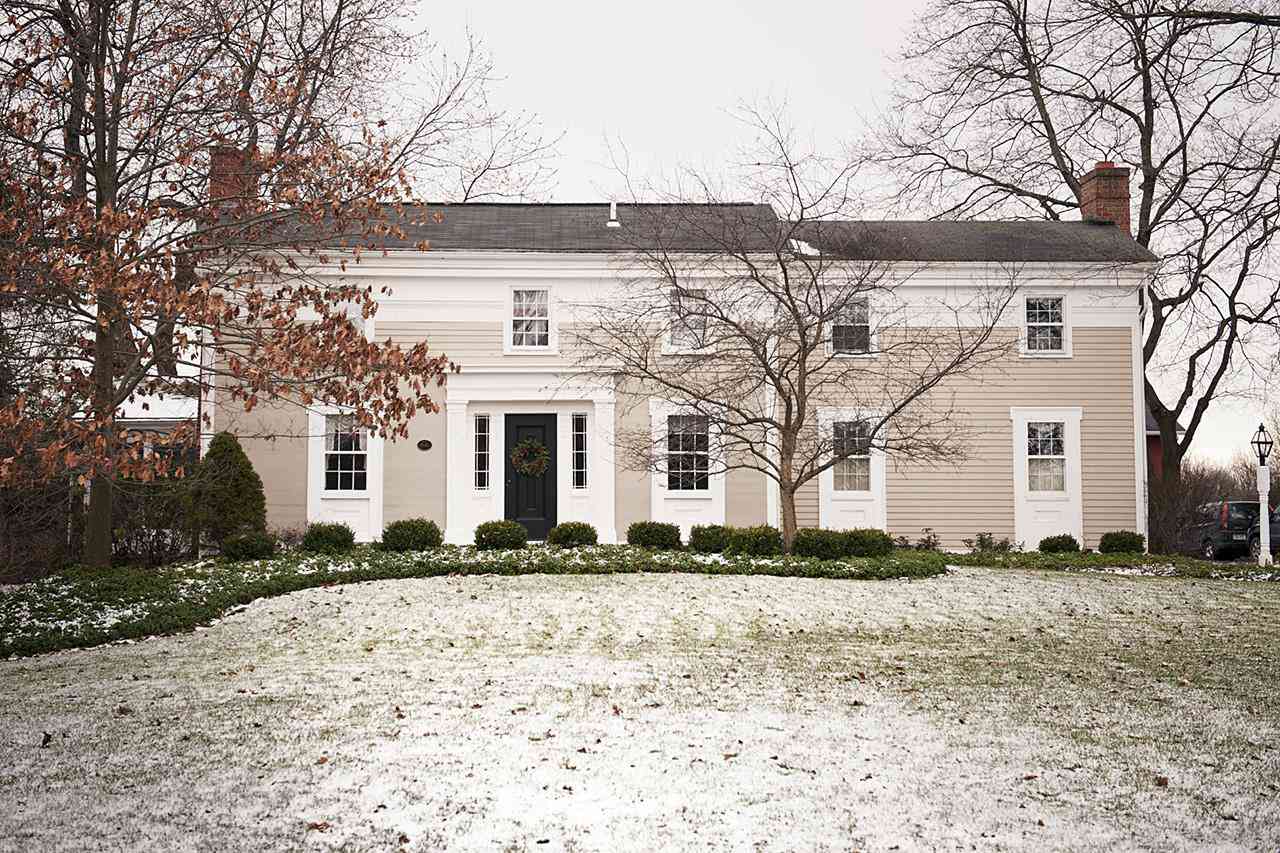
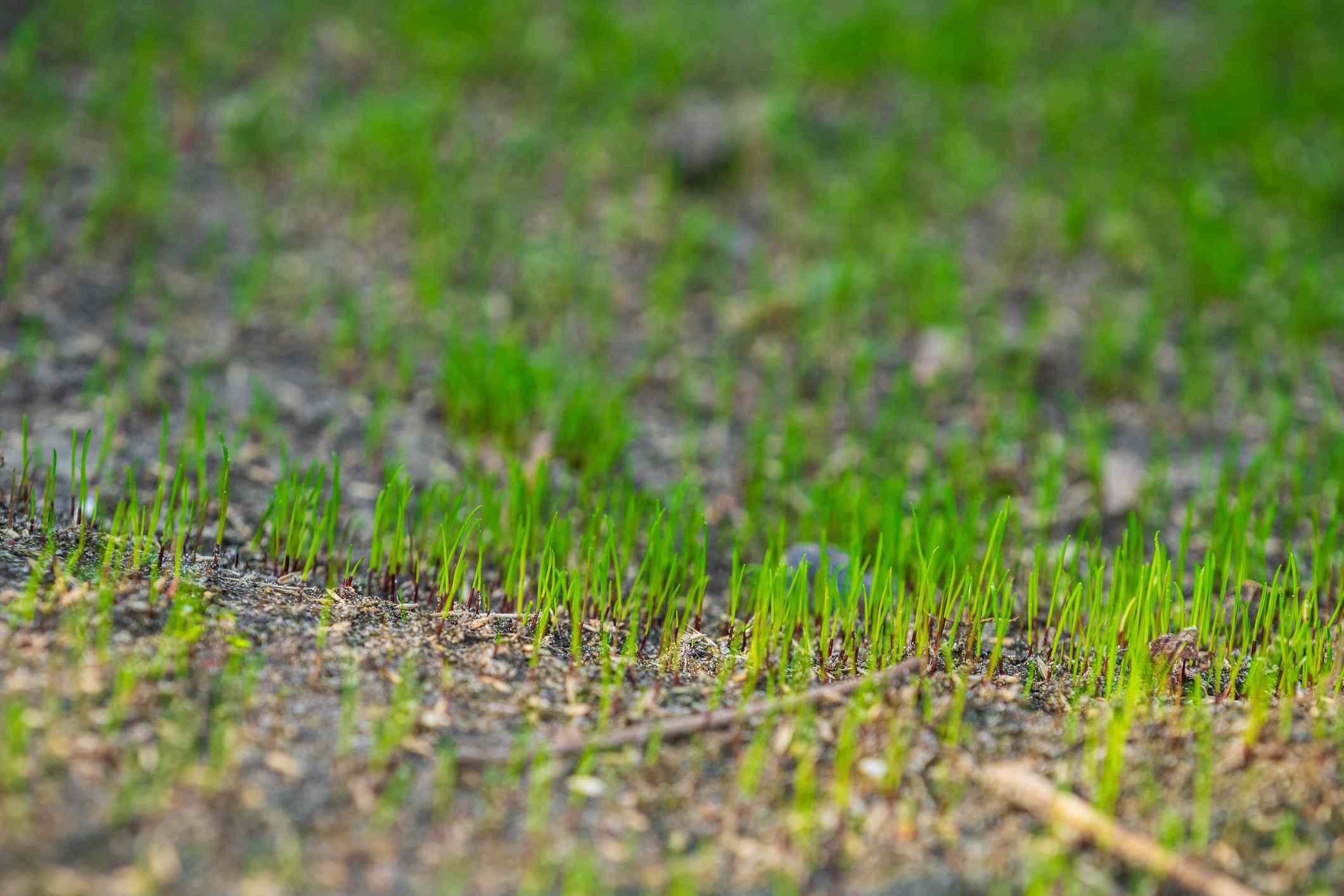
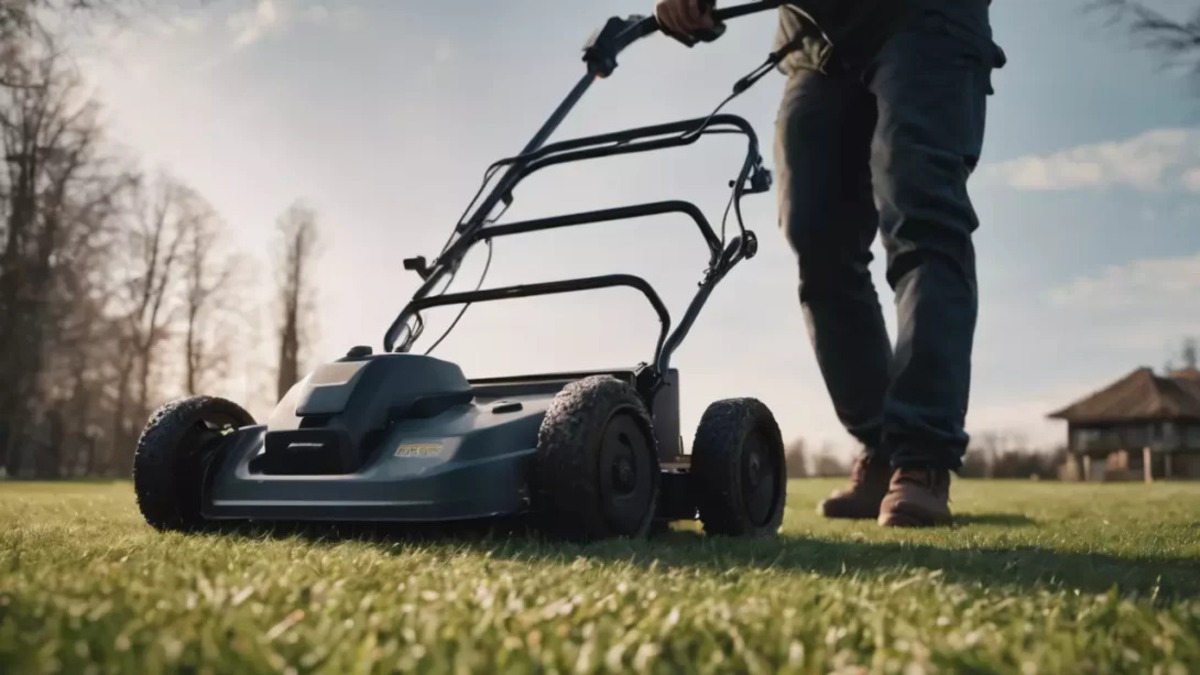
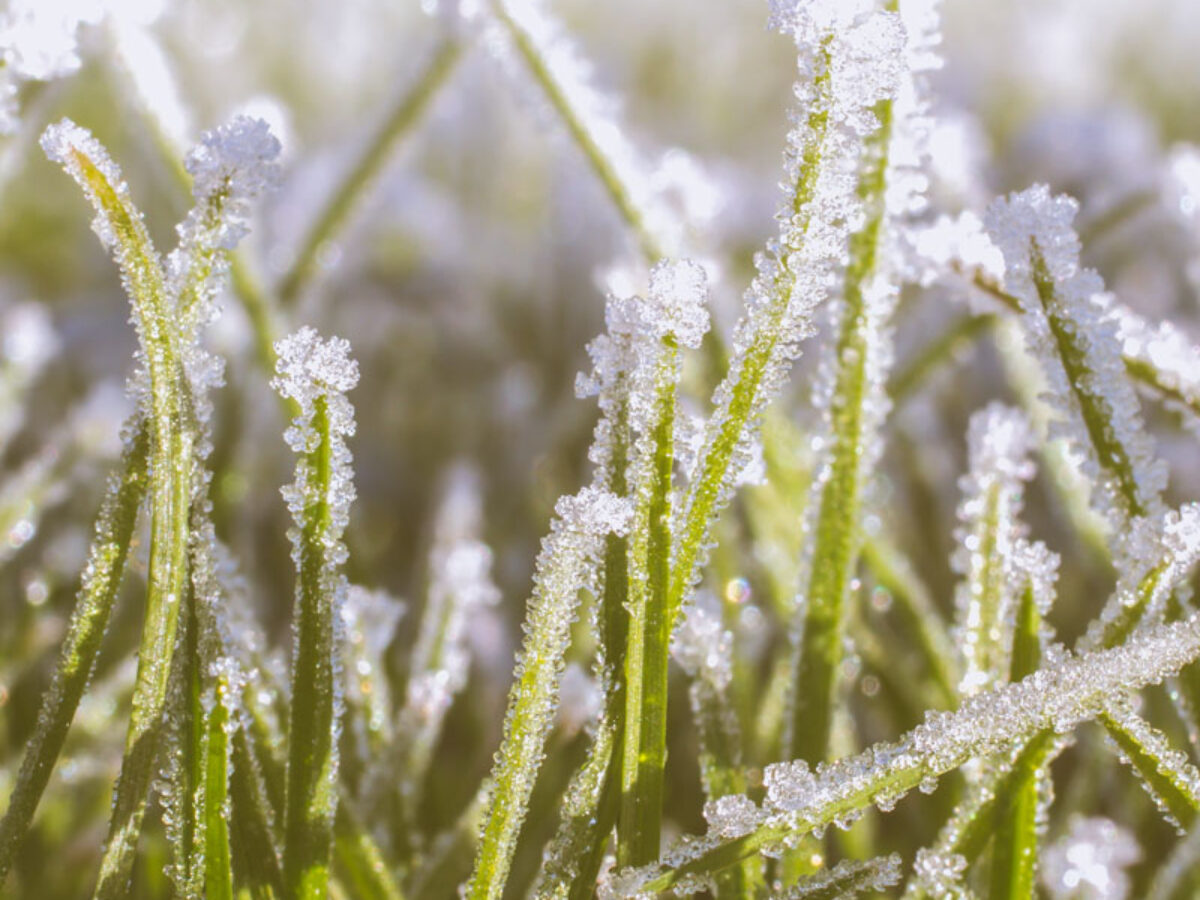
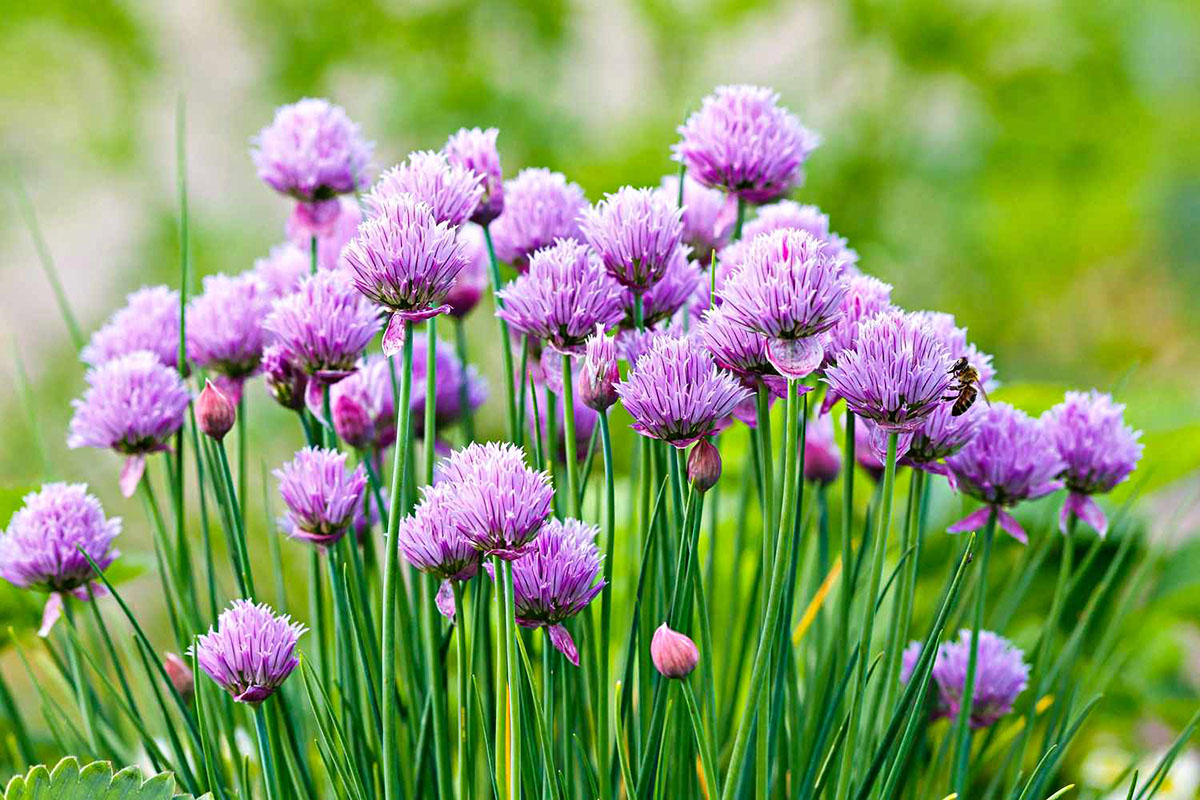
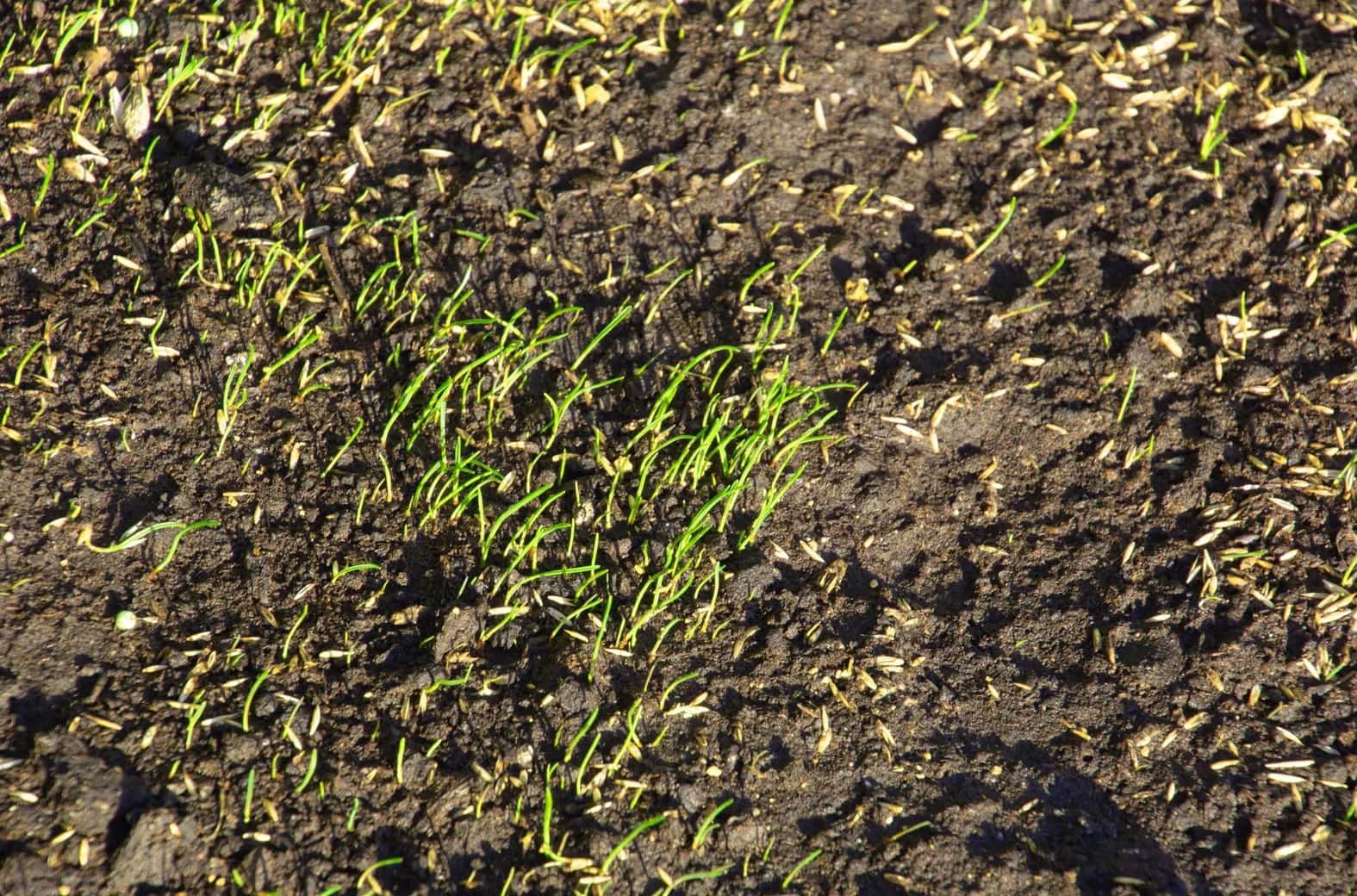

0 thoughts on “How Cold Can It Be For Grass To Germinate”